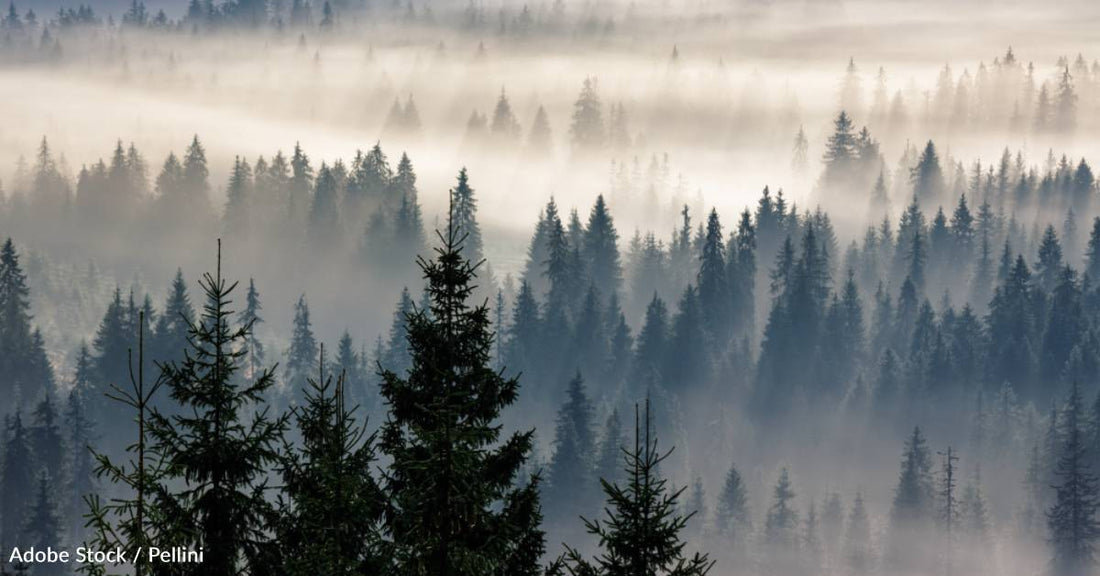How to Help Forests on This International Day of Forests
Michelle Milliken
March 20 is the first day of spring, the season that for many, marks the beginning of more outdoor adventures and less time spent cooped up inside. The next day, though, honors one of the places that hosts so many of those outdoor adventures.
March 21 is the International Day of Forests. The United Nations General Assembly first proclaimed this day back in 2012 to celebrate and raise awareness of the importance of all types of forests. Nations across the world are encouraged to mark the occasion with activities like tree planting campaigns.
The celebration also gives people the chance to educate others on forests and ecosystems, as well as to bring attention to the problems facing them and to mobilize others to help. Here are some basics to get you started.
Benefits of Forests
Forests serve as home to a vast amount of wildlife. More than 80% of terrestrial species of animals, plants, and insects live in these ecosystems. One forest alone, the Amazon rainforest, hosts about 25% of the planet’s biodiversity. Species that live in forests include giant pandas, orangutans, jaguars, moose, and a myriad of birds.
Humans also rely heavily on forests for jobs, fuel, food, water, and the air we breathe. Forests support the livelihoods of 1.6 billion people and are home to 70 million people. Enjoying time in nature is also known to boost our mental health, and forests are no different. Research has found that forests provide health benefits including a boost to the immune system, lower blood pressure, reduced stress, improvements to our mood, and increased energy levels. We can find these benefits through hiking, camping, or cycling through our area forests. Forests even help serve as a buffer to protect us from animal to human disease transmission and contain medicines that can help against other diseases.
Forests also provide plenty of environmental benefits, among them their ability to store carbon. Research has shown the world’s forests absorb 7.6 billion metric tonnes of carbon dioxide each year. They also help improve air quality, protect water quality by filtering runoff, and prevent soil erosion.
Threats Facing Forests
The benefits trees and forests provide are at risk due to a variety of threats, but deforestation is at the top of the list. According to the United Nations Environment Programme, more than 29 million acres of forest are destroyed each year. And WWF says since 1970, forest dwelling animals have also seen their populations fall an average of 69%.
Deforestation is largely driven by agriculture, including the production of palm oil, beef, and soy. Logging for lumber, pulp, and paper production also contributes, as does mining. Further tree loss comes from more frequent and intense wildfires and other natural disasters.
Other threats our forests face include degradation and fragmentation, insects, disease, and invasive species.
How to Help Forests
When it comes addressing these issues, it is mostly in the hands of government and industry. However, we can use our voices to urge them to take necessary steps to protect our forests. We can reach out to our representatives in government – through email, phone calls, or public meeting attendance – and ask them to support policies that better protect our forests and incentivize businesses to do the same. Volunteering with and supporting conservation organizations can help us work toward these policy changes, as well.
We can also make an impact with our purchases, choosing Rainforest Alliance Certified or Forest Stewardship Council-certified products, limiting foods that have an outsized contribution to deforestation, pledging to choose environmentally friendly chocolate companies, choosing sustainably-sourced tree-free or 100% post-consumer recycled paper products, using recycled wood products, and supporting businesses with sustainably-sourced products that are also making an effort to reduce deforestation.
When we’re out in the forest, we should also be mindful to leave no trace, safely extinguish campfires, educate our hiking partners on the importance of forests and what we can do to help, and do what we can to foster love for these places in others. This can be accomplished by volunteering with our local national forests, as well.
Finally, we can show our love for trees by planting more! Learn how you can help here!






